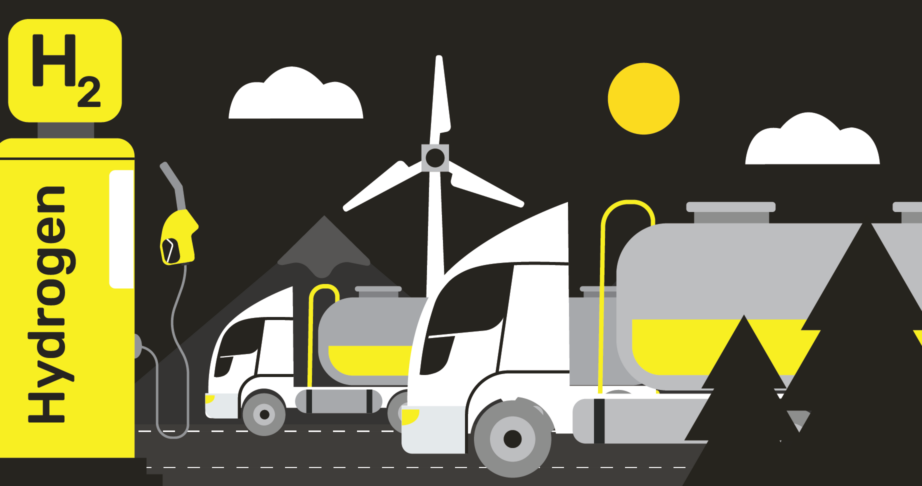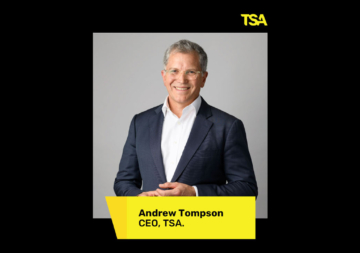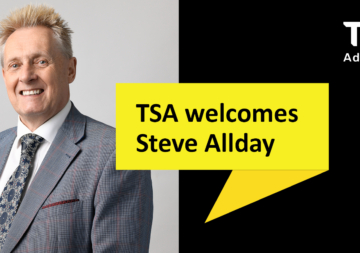
12 April 2022
East Coast Renewable Hydrogen Freight Refuelling Network
The Victorian Department of Environment, Land, Water and Planning (DELWP), in association with the New South Wales Government, has committed funding to a network of renewable hydrogen refuelling stations along the Hume Highway. This is a crucial step towards decarbonising the freight industry, one of the trickiest and most important focus areas in Australia’s clean energy transition. TSA is proud to have provided options assessment and business case services on this critical project.
The need to decarbonise road freight
In Australia, the transport sector is our third biggest and fastest growing source of greenhouse gas (GHG) emissions, responsible for approximately 19% of total emissions. Australia’s transport sector needs to transform at an unparalleled rate and scale to meet the Australian State and Federal Governments’ target for net zero emissions by 2050. All State and Federal jurisdictions have released hydrogen roadmaps and plans to pave the way for public and private sector investment.
It is widely acknowledged that the most promising decarbonisation opportunity in the transport sector is the phasing out of internal combustion engine (ICE) vehicles, and replacement with battery electric vehicles (BEVs) and vehicles powered by hydrogen fuel cells (fuel cell electric vehicles, or FCEVs). This strategy requires support through the expansion of corresponding infrastructure, including electric charging stations for BEVs and hydrogen fuelling stations for FCEVs. It also requires upstream production of low-emissions electricity and renewable hydrogen.
Options assessment and business case for a renewable hydrogen freight refuelling network
TSA was engaged by DELWP, on behalf of the Victorian Government, for the development of a business case for the hydrogen highway between Melbourne and Sydney. Both the Victorian and New South Wales Governments have committed to $10 million each for the development of a renewable hydrogen refuelling network for the freight industry. This includes the potential for four fuelling stations along the Hume Highway corridor and potential satellite refuelling sites at other nearby strategic locations.
Our team for this engagement included Robert Sim, Adam Skelton, Kevin Peakman, Roger Yang and David Ashmore. This team brought extensive knowledge and expertise to the rapid assessment and business case. This included a deep understanding of the freight industry, the transport network, refuelling stations and renewable hydrogen. By combining this technical expertise with our transport sector economic modelling, business case and commercial expertise, we were able to move quickly to develop an assessment that tested potential options that would best address the industry and technology needs and constraints. Based on this assessment we were able to understand the rationale for investment and articulate it in the business case.
Key considerations in options assessment for a renewable hydrogen refuelling network
To develop a robust investment strategy, TSA conducted detailed analysis on several key areas including:
- Freight industry readiness.
- Configuration of vehicle fleet and fuel station location options.
- Funding scheme and operational requirements.
- Network scalability and flexibility in the long term.
A key consideration for this engagement was to ensure that the program would resonate with the freight industry and encourage collaboration between state governments and private industry. Noting that hydrogen transportation technology has not yet matured and is a rapidly developing space, TSA sought to structure a funding model that would encourage the freight industry to trial hydrogen technologies as the market develops, without locking them into technologies that may become obsolete as renewable hydrogen transportation technology evolves.
Delivery of a renewable hydrogen refuelling network introduces new operational requirements for industry, which the team assessed, based on deliverability, scalability and operational viability. This involved research and analysis of current hydrogen storage systems, hydrogen delivery and freight vehicle performance. The approach to identifying refuelling network options differed from conventional diesel refuelling as hydrogen introduces new challenges for fuel storage and transportation between refuelling stations. Operational models were developed for each scenario to assess capital and operational expenditure. We then used qualitative and quantitative analysis, to determine a preferred option.
Given that hydrogen technologies in the freight industry are yet to mature, scalability and adaptability for future advancements in hydrogen technology are vital to ensuring the long-term success of the project. With this in mind, we developed network options that could be scaled-up alongside the emerging hydrogen freight industry.
Key outcomes of the Hydrogen Highways Business Case
In collaboration with energy experts and DELWP, TSA evaluated and effectively proved the case for change that has brought about an opportunity to provide seed funding into the emerging Victorian hydrogen fuelled transport market. We thank the Department for engaging us to work with them on this exciting project.
At TSA, we are excited about developing and delivering projects in the built and natural environment that will help us on our way to net-zero. We have delivered strategic, commercial advisory and project management services to shape and realise investments that progress the decarbonisation of the energy and transport sectors. This work really matters to us as a responsible corporate citizen. But more importantly, it really matters to our people. They come to work each day to contribute to projects like this that are creating a better world and more sustainable communities.
If you’d like to find out more, or talk to us about your project, contact us by email at hello@tsamgt.com.
Find out more about TSA Advisory.


